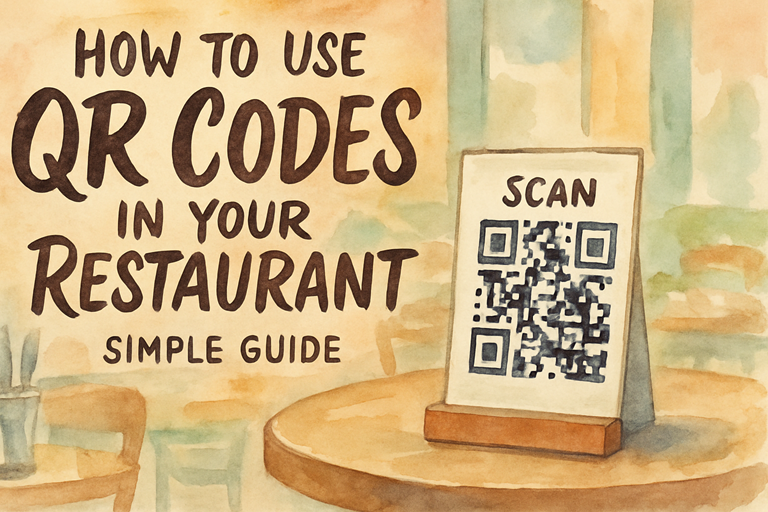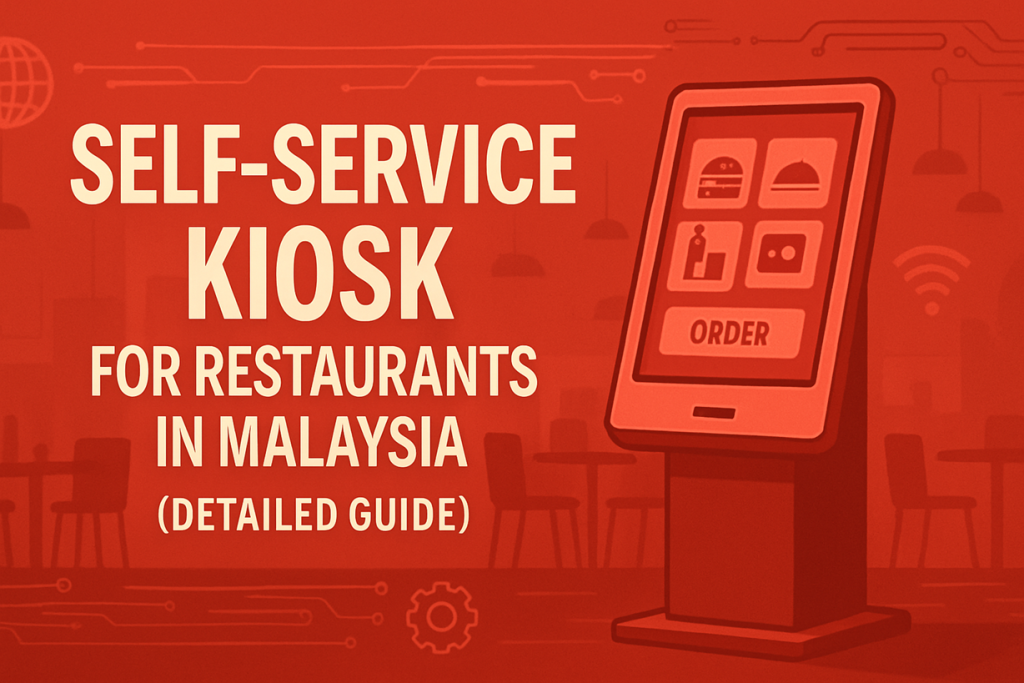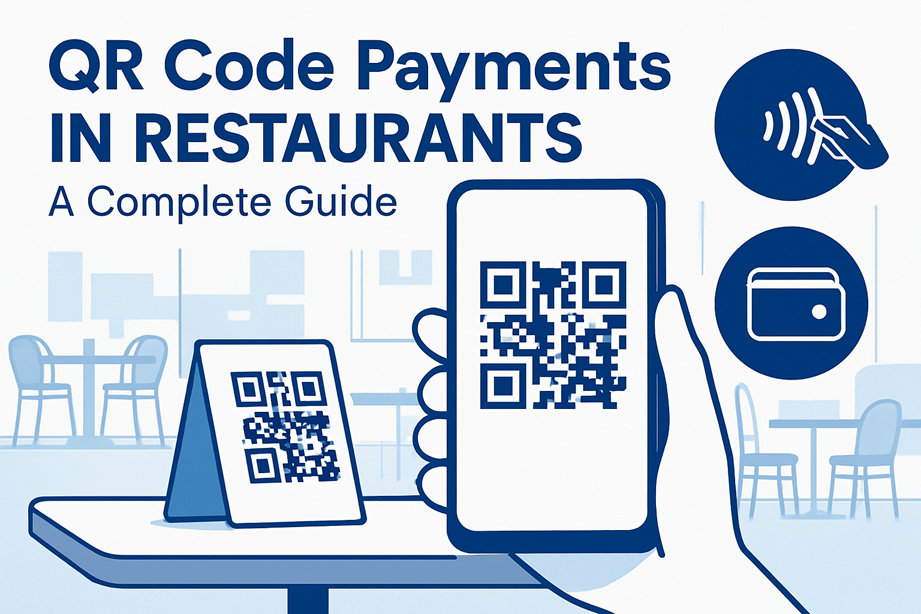Collecting customer data is an invaluable tool for restaurateurs, as it provides valuable insight into the preferences of their guests. With the advent of QR ordering, gathering this information has become even more convenient and efficient. QR ordering allows customers to order food and drinks simply by scanning a QR code, providing restaurateurs with an easy way to collect customer data. In this blog post, we will discuss the benefits of QR ordering and how it can help restaurant owners better understand their customers. We will also cover some of the potential challenges that restaurateurs may face when implementing a QR ordering system.
Benefits of Collecting Customer Data
#1: Improved Customer Experience
Collecting customer data allows customers to order quickly and conveniently at the table, which eliminates the need for them to wait in line or wait for a waiter to take their order. This can reduce wait times and improve the overall atmosphere of the restaurant.
Moreover, collecting customer data can provide valuable insights into customer preferences and behaviour, which can be used to customise the meal experience for each individual customer. For example, customers can be presented with suggested meals based on past orders, or even given discounts and promotions tailored to their tastes. This can make customers feel more valued, and help to build loyalty to the restaurant. Finally, collecting customer data can give restaurants the ability to send notifications and updates to customers, reminding them of upcoming offers and special events. This can help to keep customers engaged with the restaurant and create a positive brand image. By providing a more enjoyable and personalised customer experience, QR ordering can help to increase customer satisfaction and loyalty.
#2: Increased Efficiency
By using QR codes to collect customer data, you can save time by instantly accessing customer information such as order preferences, contact information, and payment methods. This not only saves time but also eliminates the need for manual entry which can be time consuming and prone to errors.
Additionally, QR ordering can help to reduce wait times for customers by allowing them to quickly place their order without having to wait in line. Moreover, QR ordering can also help to increase operational efficiency by streamlining the ordering process and allowing staff to focus on other tasks. By eliminating the need to manually enter customer data, staff can devote more time to helping customers and ensuring they have a positive experience.
Additionally, many QR ordering systems offer analytics that can help to track customer data and provide insights into customer behaviour which can help to optimise sales and operations. By using these analytics, restaurants can identify trends and make adjustments in order to better serve customers.
#3: Increased Sales
By leveraging the data obtained, restaurant owners can better understand what customers are ordering and when, leading to more targeted promotional campaigns. For example, if you notice that customers tend to order a certain dish more often on Thursdays, you could offer a promotion on that dish on Thursdays to further drive sales. Additionally, you can use the data to identify customers who frequently visit your restaurant and provide them with loyalty rewards, increasing their likelihood of returning and placing orders.
By understanding the preferences and behaviours of your customers, restaurant owners can also create more tailored menus to better meet customer needs. For example, if your customers tend to order a certain type of food more often, you can adjust your menu to include more items in that category. This allows you to provide customers with more variety and increases the chances of them ordering something new and increasing sales.
Best Practices for Collecting Customer Data
#1: Use Secure Technology
When it comes to collecting customer data, security is key. Therefore, it is important to ensure that you are using secure technology to collect and store customer data. Not only does this help protect your customers, but it also helps to protect your restaurant from any potential risks associated with data breaches. The first step is to make sure you are using encryption technology when collecting customer data. This will help to ensure that any data collected is secure and that it is not accessible to unauthorised people or organisations.
Additionally, it is important to use secure payment processing systems when customers are making payments so that their financial information is not vulnerable. Finally, it is important to have a backup plan in place in the event of a data breach. This can include having a secure database backup as well as having a plan for responding quickly to any security issues that may arise. By taking the proper steps to secure your customer data, you can provide a safe and secure experience for your customers while ensuring that your business is protected from potential risks.
#2: Collect Relevant Data
By using QR codes, you can easily store customer information such as order history, order frequency, and payment preferences. This data can then be used to create personalised experiences for customers, such as tailored promotions and special offers. Additionally, you can use this data to better understand customer behaviour, so that you can better target your marketing efforts. Using QR codes to gather customer data also helps to streamline the ordering process. Not only does it allow customers to place orders quickly, but it also enables you to easily store customer data. This makes it easier to track customer preferences and make changes to the ordering process based on customer feedback. Additionally, it can help to reduce the amount of time staff spends gathering customer information, as the data can be collected automatically.
#3: Make Data Collection Easy
Fortunately, with the help of technology, collecting customer data can be made much easier and more efficient. QR ordering is a great way to make data collection easier for restaurants. By using QR code technology, customers can quickly and easily place orders and provide their contact information. This not only saves the restaurant time and money, but it also allows them to quickly collect important customer data that can be used for marketing and operational purposes.
QR ordering also makes it easier for restaurants to track the data they collect. Many QR ordering systems come with built-in analytics tools that allow restaurants to track customer orders, demographics, and other important data points. This makes it easier for restaurants to understand their customers and make informed decisions about how to better serve them. Additionally, QR ordering systems can be easily integrated with other restaurant systems, such as POS and inventory management, making data collection even easier.
Conclusion
Collecting customer data through QR ordering in your restaurant is a great way to gain insights into customer preferences and behaviours. By taking advantage of this technology, restaurant owners can easily and cost-effectively track customer orders, preferences, and orders over time. This information can be used to inform decision-making, create tailored customer experiences, and promote loyalty. Ultimately, it can help restaurant owners better understand their customers and create a more successful business.



